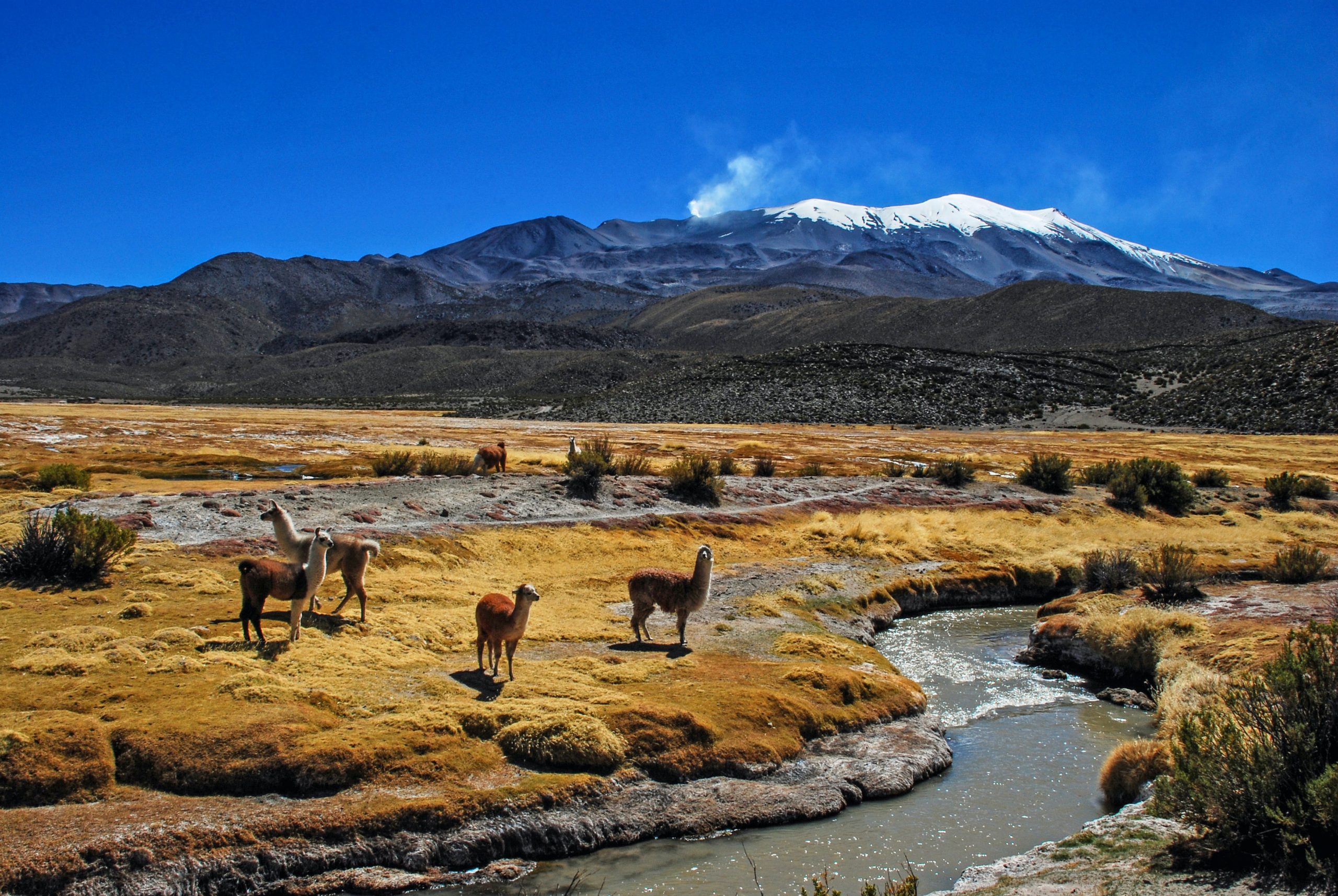
The Surreal Beauty Of Bolivia Flat Salt- 16 Best Attractions
The Surreal Beauty Of Bolivia Flat Salt- 16 Best Attractions
Have you ever had a fantasy of seeing the breathtaking flat salts of Bolivia? You will be able to learn more about them from our post, and perhaps it will strengthen your resolve to go to Bolivia. Bolivia is a landlocked nation in South America’s western central region. Sucre serves as the capital by constitution, although La Paz serves as the seat of government and the executive capital.
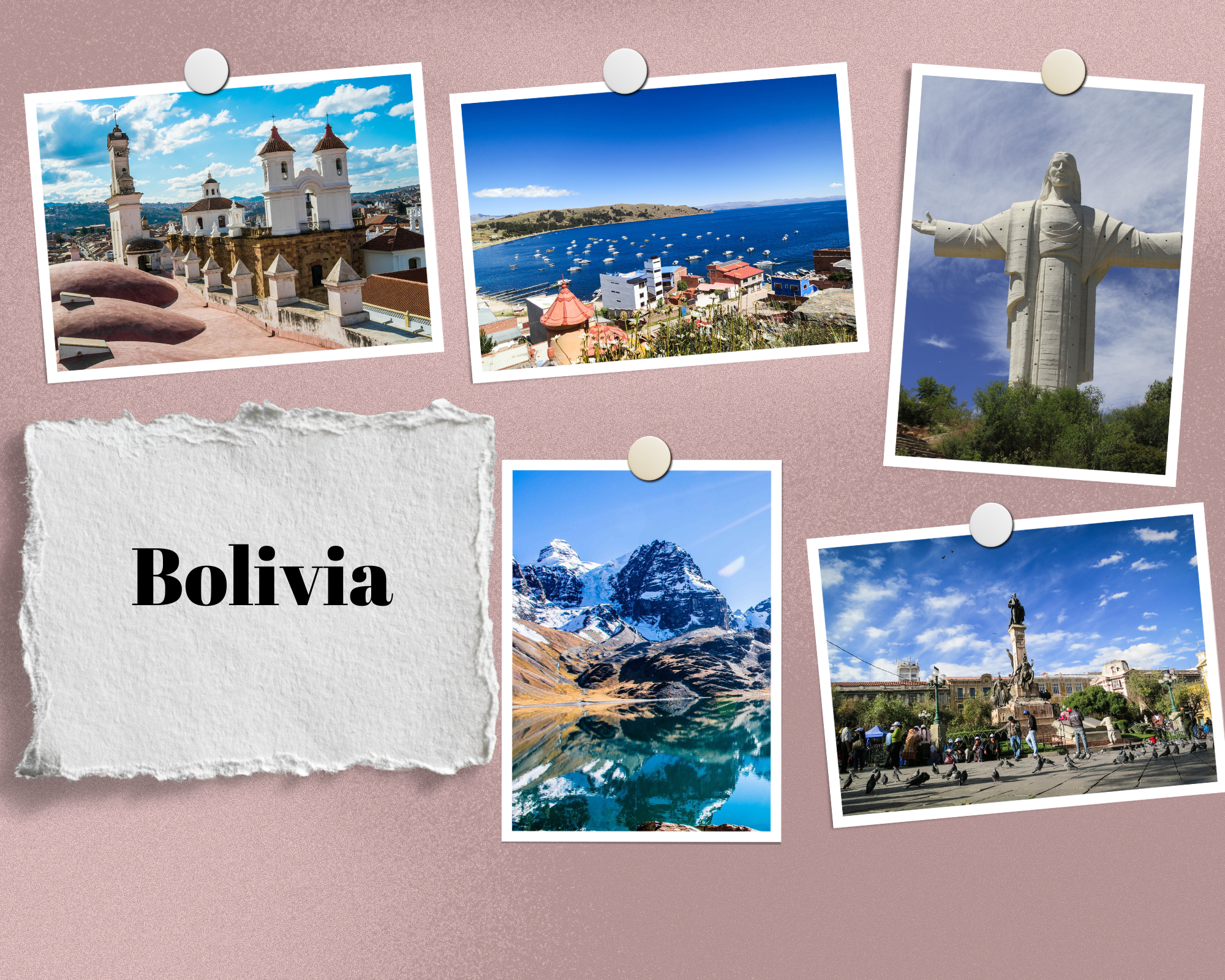
Photo Source : traveldreamdiary.com
Informations
When to travel: Winter runs between May and October, as in any Southern country. Considering that those months are part of the dry season (that means less rain and humidity and more sun), it is probably the best time to take a trip to Bolivia.
Language: The official language is spanish. People speak English in places frequented by tourism.
Currency: Bolivian Boliviano (BOB) aprox. 1$=7 BOB 1€=8,5 BOB
Food Prices: Meal in a cheap restaurant=3 USD,Meal for 2 People, Mid-range Restaurant=65 EUR
You can find more information about the visa here.
Disclosure: Some of the links below are affiliate links, which means that if you click through and make a purchase, I will receive a fee at no extra cost to you. Click here to view our complete affiliate disclosure.
Things to do
Salar de Uyuni
One of the most amazing sights in South America is Salar de Uyuni. Stretching across 10,582 kilometers of the Altiplano, the huge expanse of white, glittering salt is visible from space. In the middle of the flat, sedimentary deposits that reach a tremendous depth of 10 meters are surrounded by salt layers. An estimated 10 billion tonnes of salt are present overall. But for the inhabitants, the true treasure is beneath the salt flat, which contains over 70% of the world’s lithium reserves. This light metal, which powers laptops, smartphones, and electric cars, has a whole business focused on its extraction.
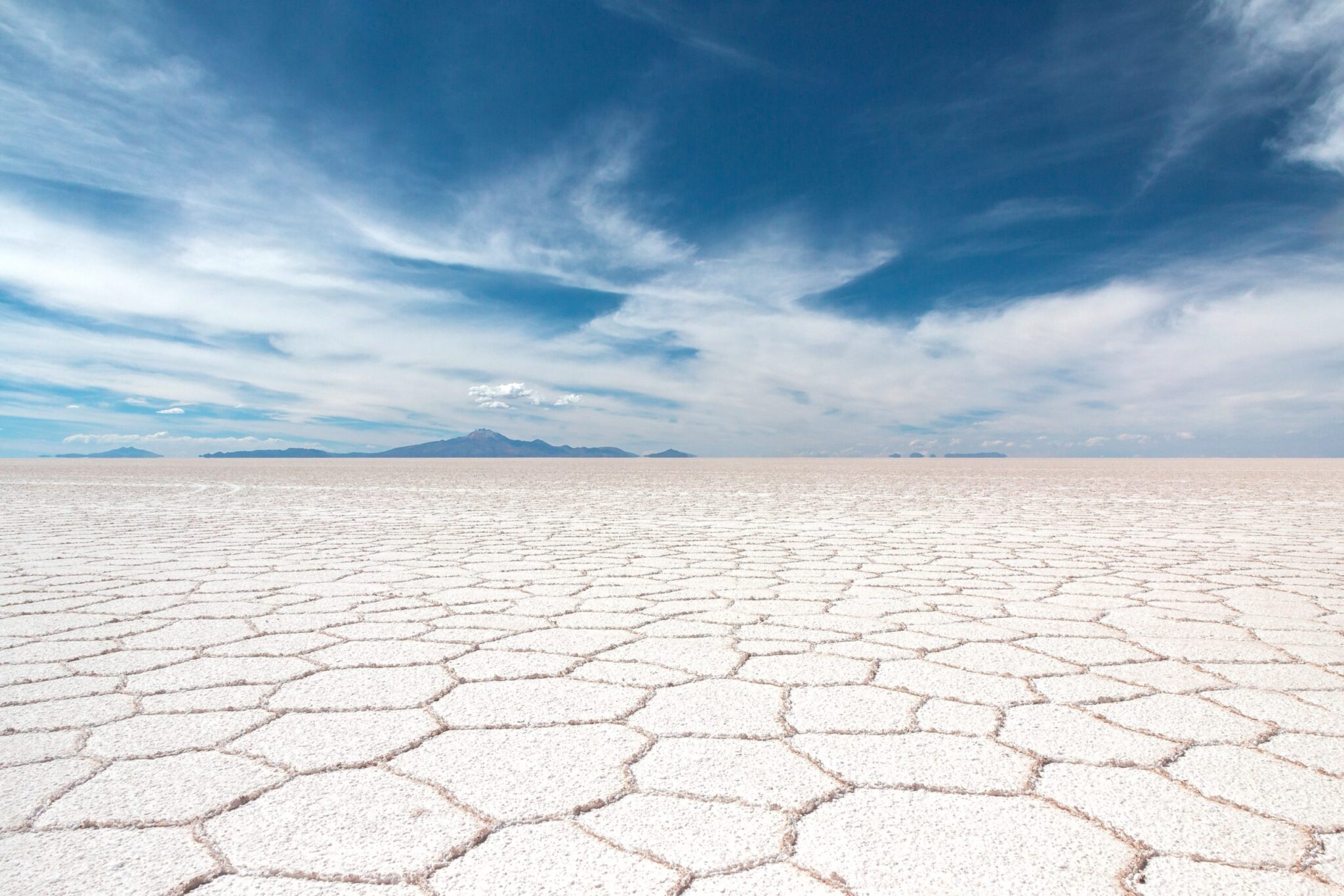
Photo Source : OanaAlexandra on Facebook
Jardín Botánico de Santa
Cruz de la Sierra
Situated in the Bolivian city of Santa Cruz de la Sierra, the 217-hectare Municipal plant Garden is home to various plant specimens. It provides works for the International Agenda for Conservation in Botanic Gardens, is a member of the Association of Botanic Gardens of Latin America and the Caribbean, and has the SCRUZ international recognition code for botanical institutions.
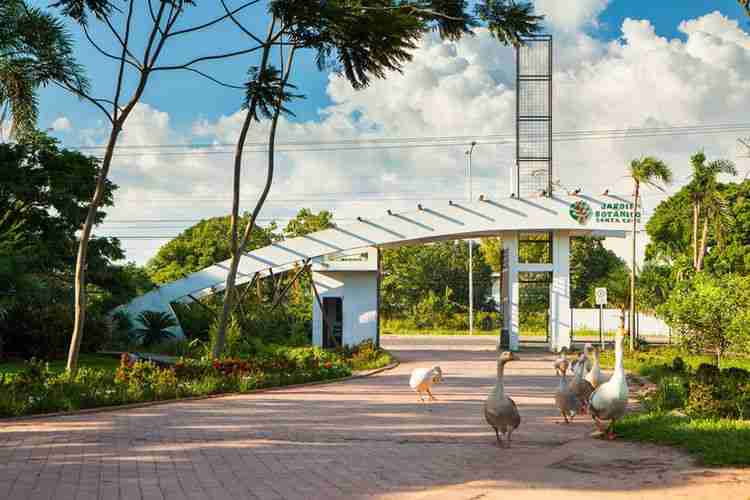
Photo Source : OanaAlexandra on canva.com
Parque El Arenal
In Santa Cruz, “Arenal Park” was one of the first parks created. The Municipal Mayor’s Office recently rescued this distinctive park, which is a few blocks from the main square and features a lovely reflecting pool, an island, and gardens, from the vast commercial area of the nearby Los Pozos market by constructing a contemporary project that enhances the city’s public decoration.
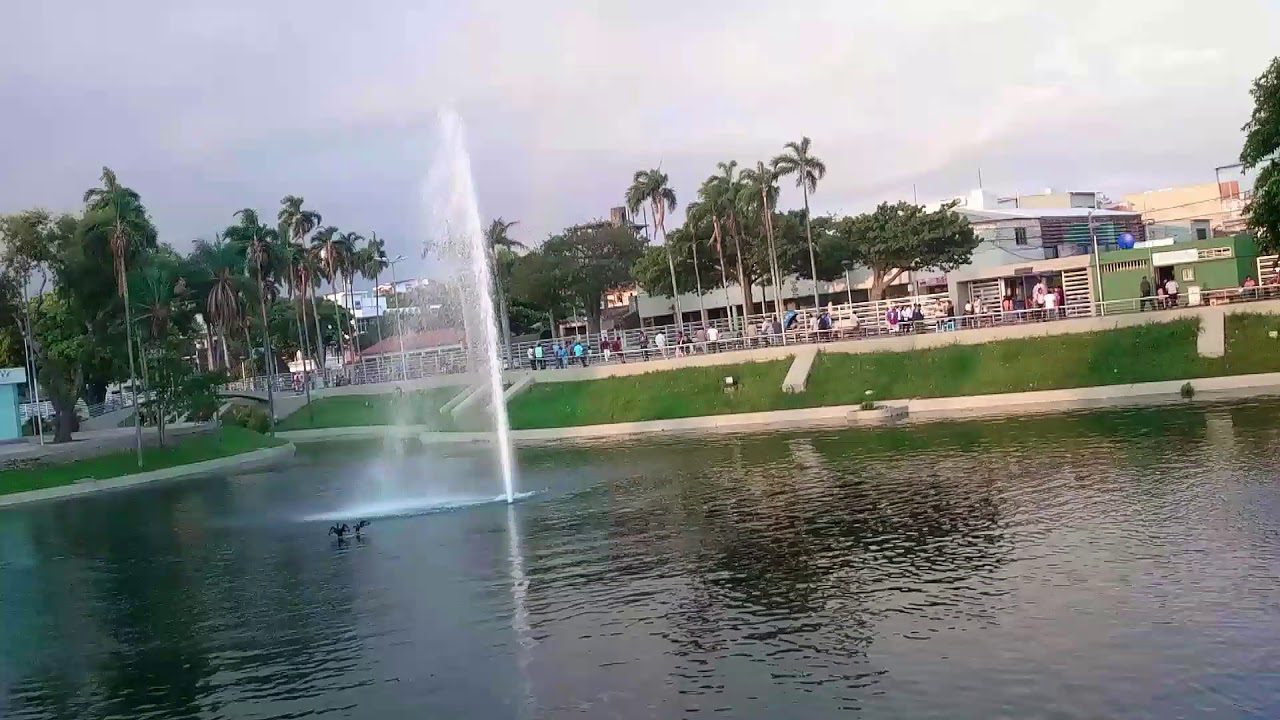
Photo Source : OanaAlexandra on canva.com
Yungas Street
The Yungas Road is a bicycle path that connects Bolivia’s Yungas area to the city of La Paz, spanning around kilometers. It is a popular tourist destination in La Paz, with over 25,000 visitors annually[1].Numerous tour companies offer information, equipment, transportation, and guides specifically for downhill mountain riding. Since1998, at least 18 cyclists have lost their lives while riding. The road that makes up the tourist route is 64 kilometers long and descends 3500 meters.
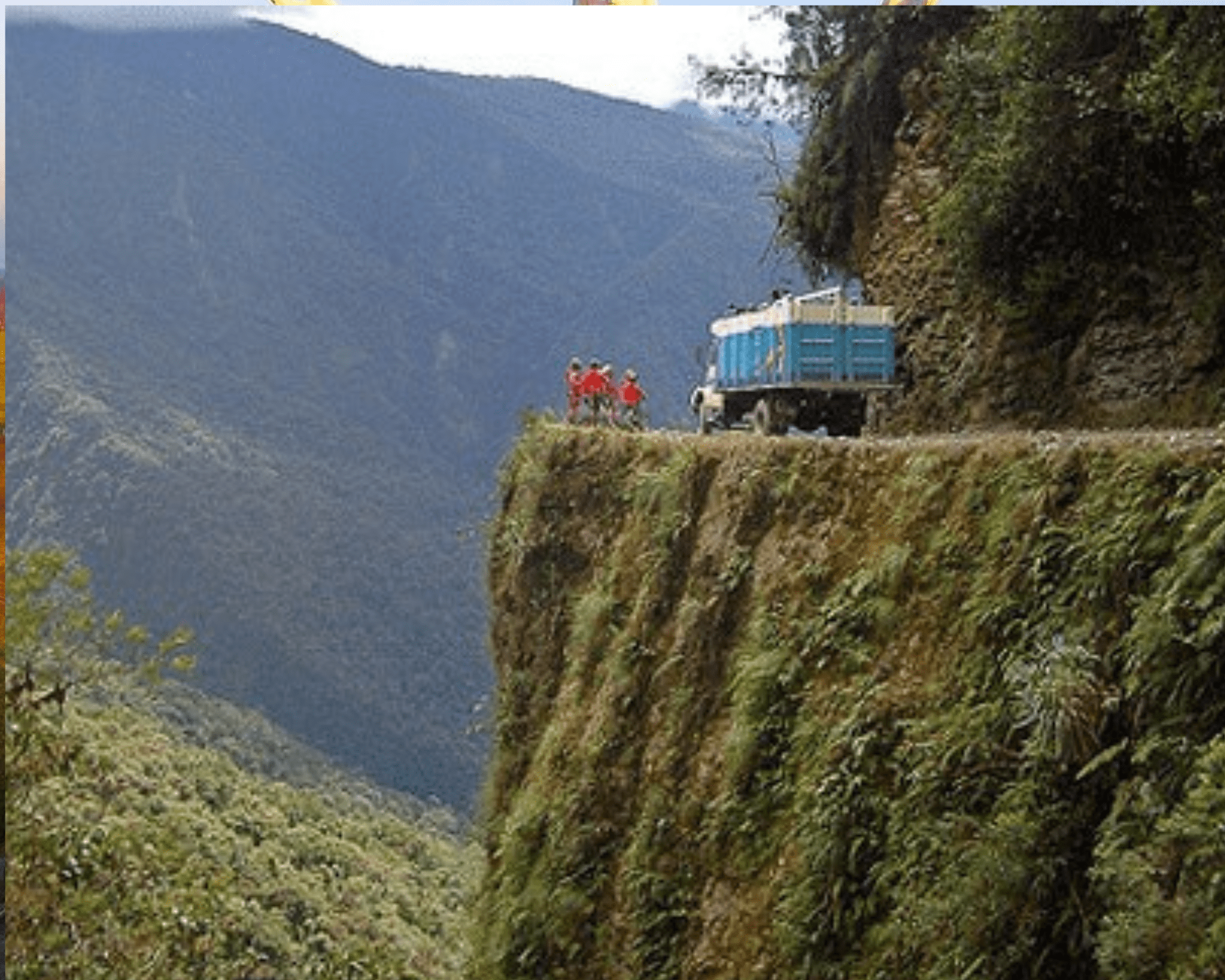
Photo Source : OanaAlexandra on Facebook
Parque Bolivar
The 18th century saw the creation of the earliest arrangements. The design as it exists now dates back to the 1920s. Ramón García de León Pizarro, the head of the Charcas Royal Court, came up with the idea. He gave the order to have the obelisk and two arches that make up the entrance built. There was a wall in the park with life-size statues of animals like parrots, cats, and elephants. At the republic’s centennial, it was furnished with ornamental features. The Supreme Court of Justice, encircled by an artificial lake and ringed by two Triumphal Arches, an obelisk, and a French-style fountain, is situated around the park.
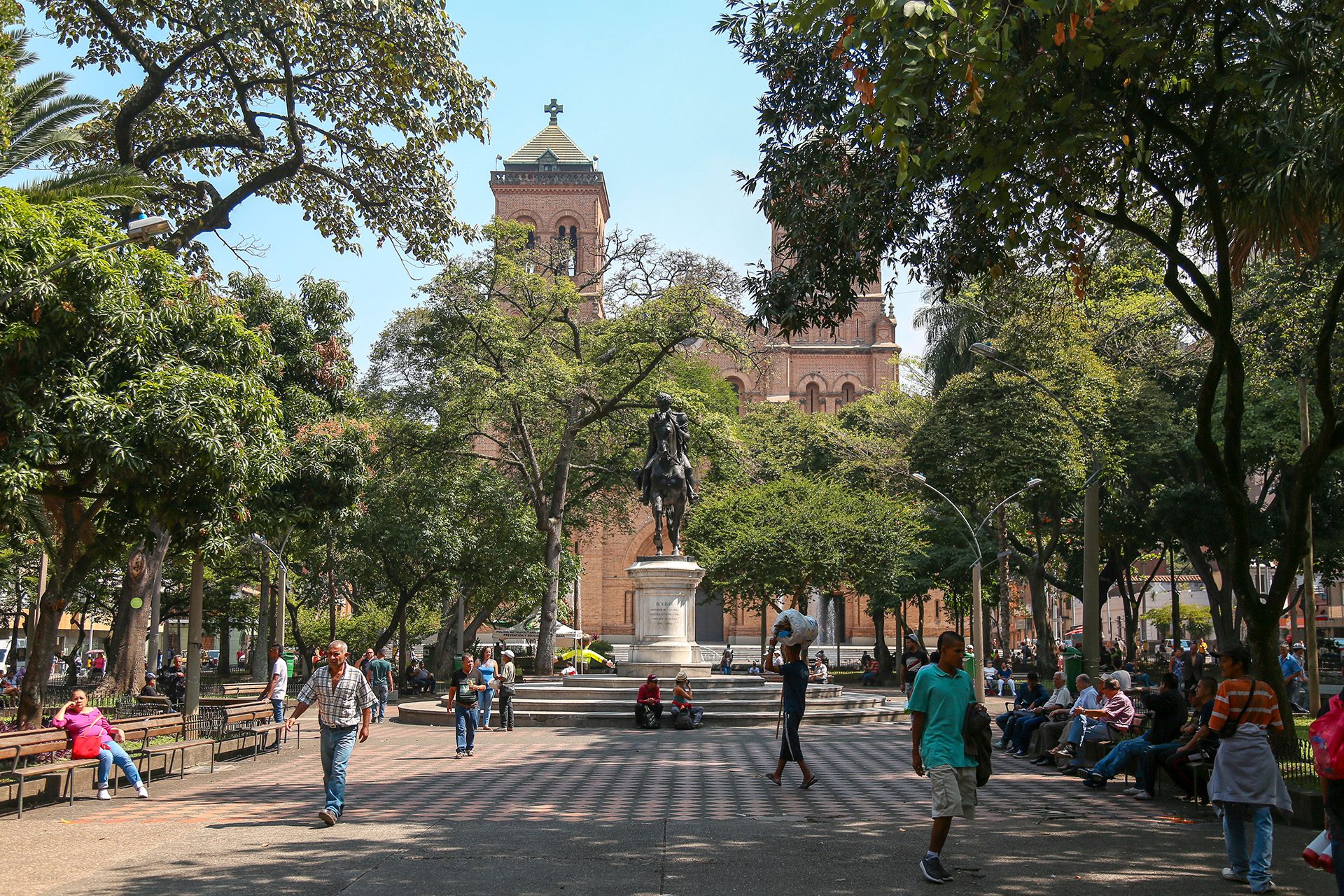
Photo Source : OanaAlexandra on canva.com
Mirador Killi Killi
One of La Paz’s most striking vantage points, Mirador Killi Killi, is situated atop a steep hill in the Villa Pabon area. With a nearly 360-degree viewing range, the mirador, named for a small prey bird that thrived in the region, offers expansive vistas of the expansive city. Visitors may observe La Paz’s most notable structures from the overlook, with Illimani Mountain serving as a dramatic backdrop to the city.
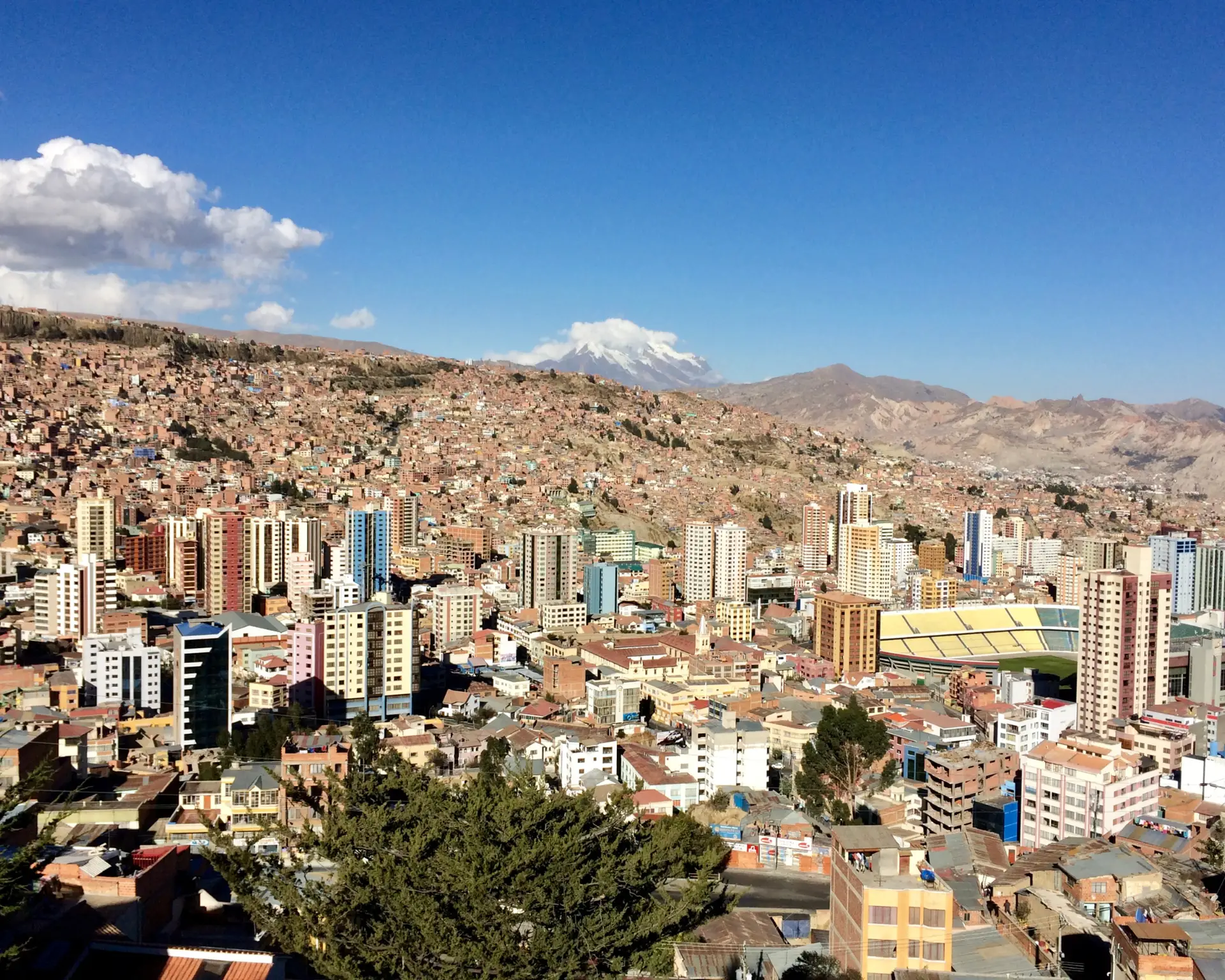
Photo Source : OanaAlexandra on canva.com
Basílica de San Francisco
In La Paz, the capital of Bolivia, there is a Roman Catholic church called Iglesia de San Francisco. It is situated on the same-named Plaza San Francisco in the city’s center. Francis of Assisi is the patron saint of the church. Pope Pius XII established the church in 1948 and upgraded it to a minor basilica. The church has a monastery and a museum adjacent.
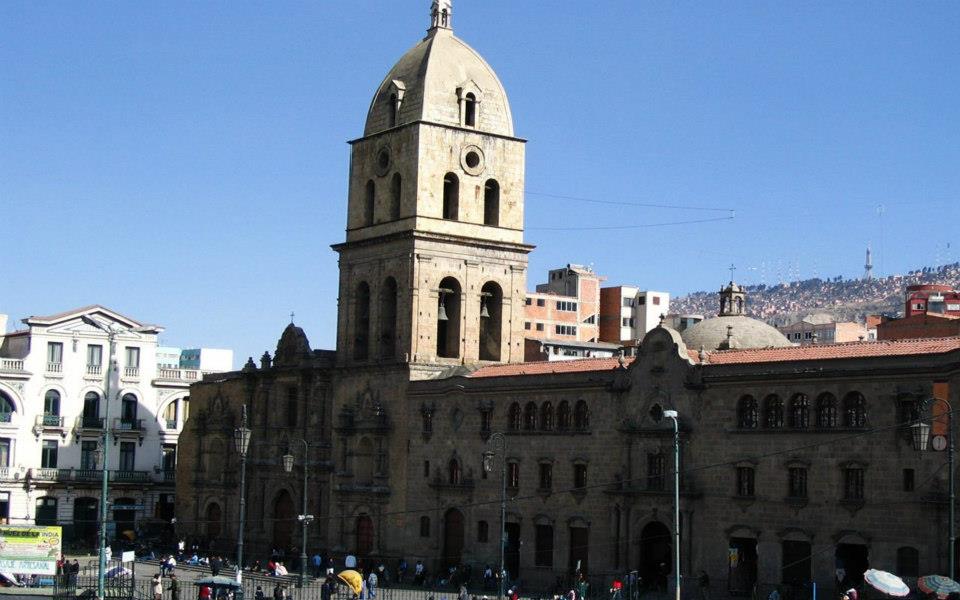
Photo Source : OanaAlexandra on Facebook
Casa de la Moneda
A former mint, Casa de la Moneda is now open for visitors to tour as a museum in Potosí, Bolivia. One of the most significant attractions in Potosí today is the Casa de la Moneda, which was a major hub of the Spanish colonial trade in South America.In 1989, Torotoro National Park was created. It is located 140 kilometers south of Cochabamba in the northern Potosí department. At elevations between 2000 and 3500 meters above sea level, it spans 165 km2 and features semi-arid terrain with gorges as deep as 300 meters. It comprises fossil-rich Paleozoic and Cretaceous calcitic deposits, wind- and water-eroded landscapes, and typical karst terrain features as caves and dolines.
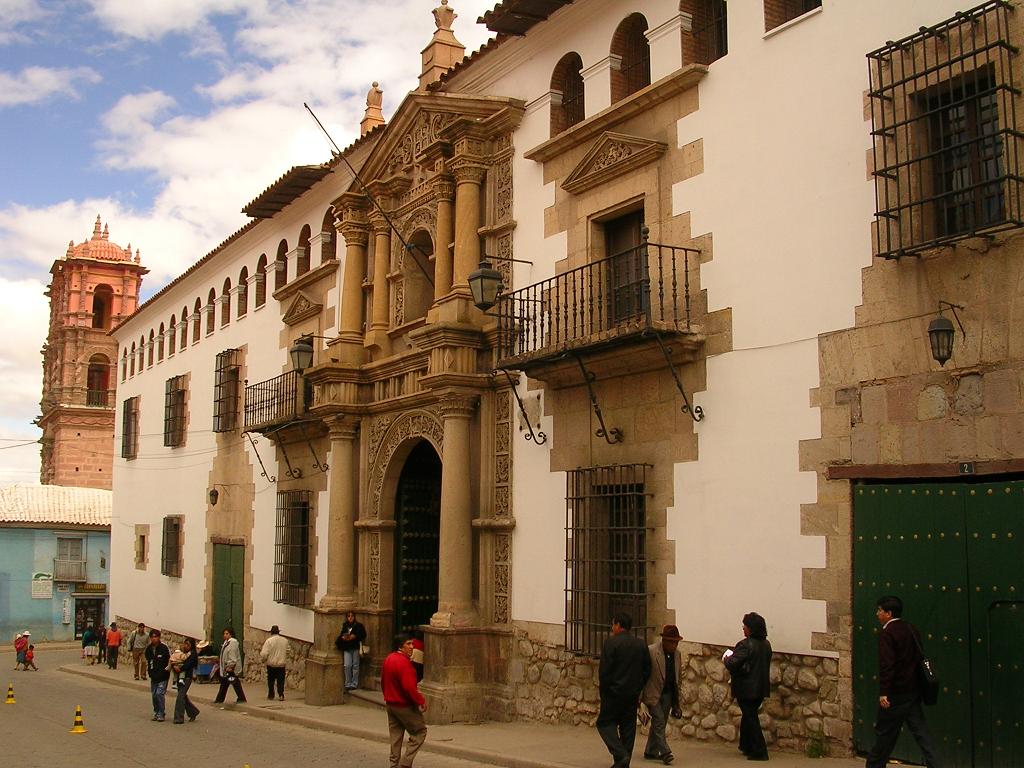
Photo Source : OanaAlexandra on Facebook
Torotoro National Park
Bolivia’s Torotoro National Park, also known as Parque Nacional Torotoro, is both a national park and a city. About 250 years ago, the Spanish and Quechua peoples created the town. It is situated in the Potosí region in the eastern ranges of the Andes mountain range in South America.
In 1989, Torotoro National Park was created. It is located 140 kilometers south of Cochabamba in the northern Potosí department. At elevations between 2000 and 3500 meters above sea level, it spans 165 km2 and features semi-arid terrain with gorges as deep as 300 meters. It comprises fossil-rich Paleozoic and Cretaceous calcitic deposits, wind- and water-eroded landscapes, and typical karst terrain features as caves and dolines.
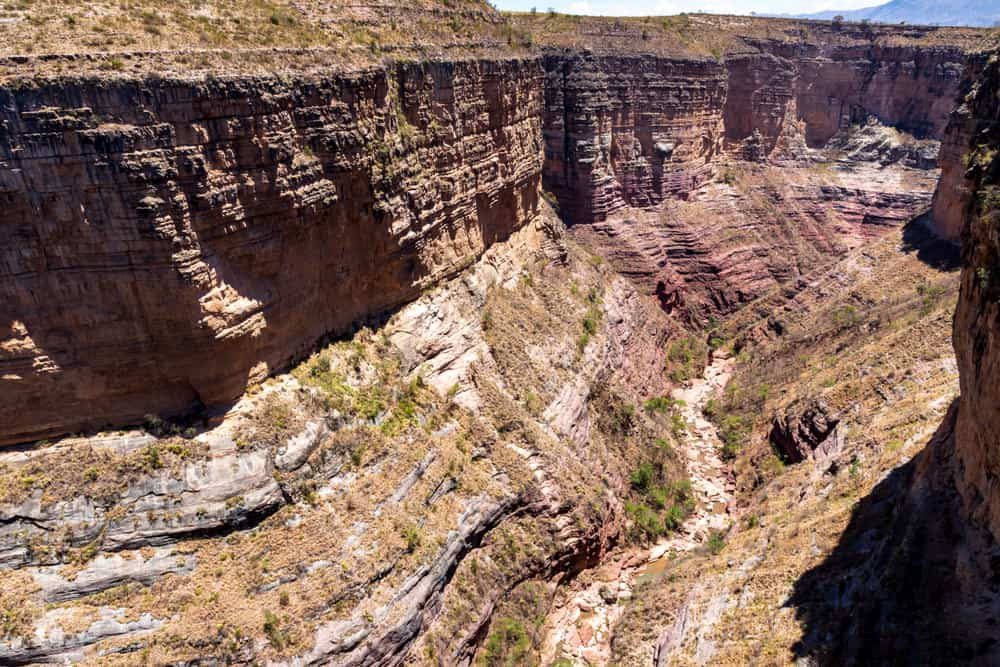
Photo Source : OanaAlexandra on Facebook
Cristo de la Concordia
Above the Bolivian city of Cochabamba sits the Christ statue known as the Cristo de la Concordia. At 40.44 meters, with the 6.24-meter-high pedestal and 34.2-meter-tall statue, it is the second-tallest Christ statue in the world, behind the Świebodzin statue, which was built in Poland in 2010. It was constructed out of reinforced concrete by César and Wálter Terrazas Pardo, following the design of Rio de Janeiro’s Cristo Redentor.
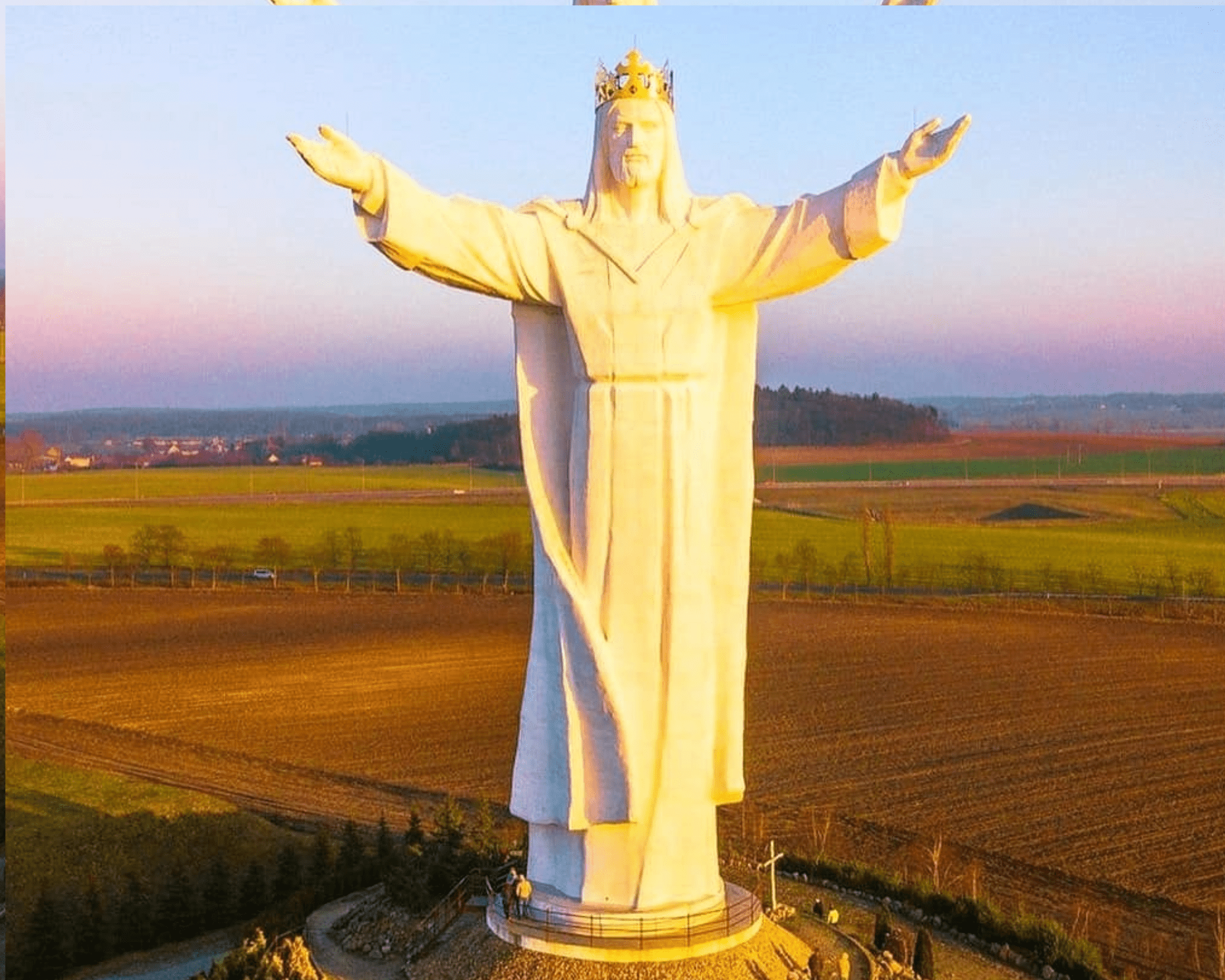
Photo Source : Javier Llidó on Facebook
Plaza Murillo
Bolivia’s capital city and seat of government, La Paz, is home to the Plaza Murillo. Pedro Domingo Murillo, a fighter for independence, is honored by the name. The Congress, the Cathedral of La Paz, and the new government building, Casa Grande del Pueblo, which is right next to the old government palace, are all located at Plaza Murillo.
With a large statue of Neptune and lovely eucalyptus trees around it, Plaza Murillo was the center of public life during the colonial era. The plaza became the town’s favorite gathering spot since it served as both the town’s primary water supply and the focal point of the Spanish settlement in La Paz.
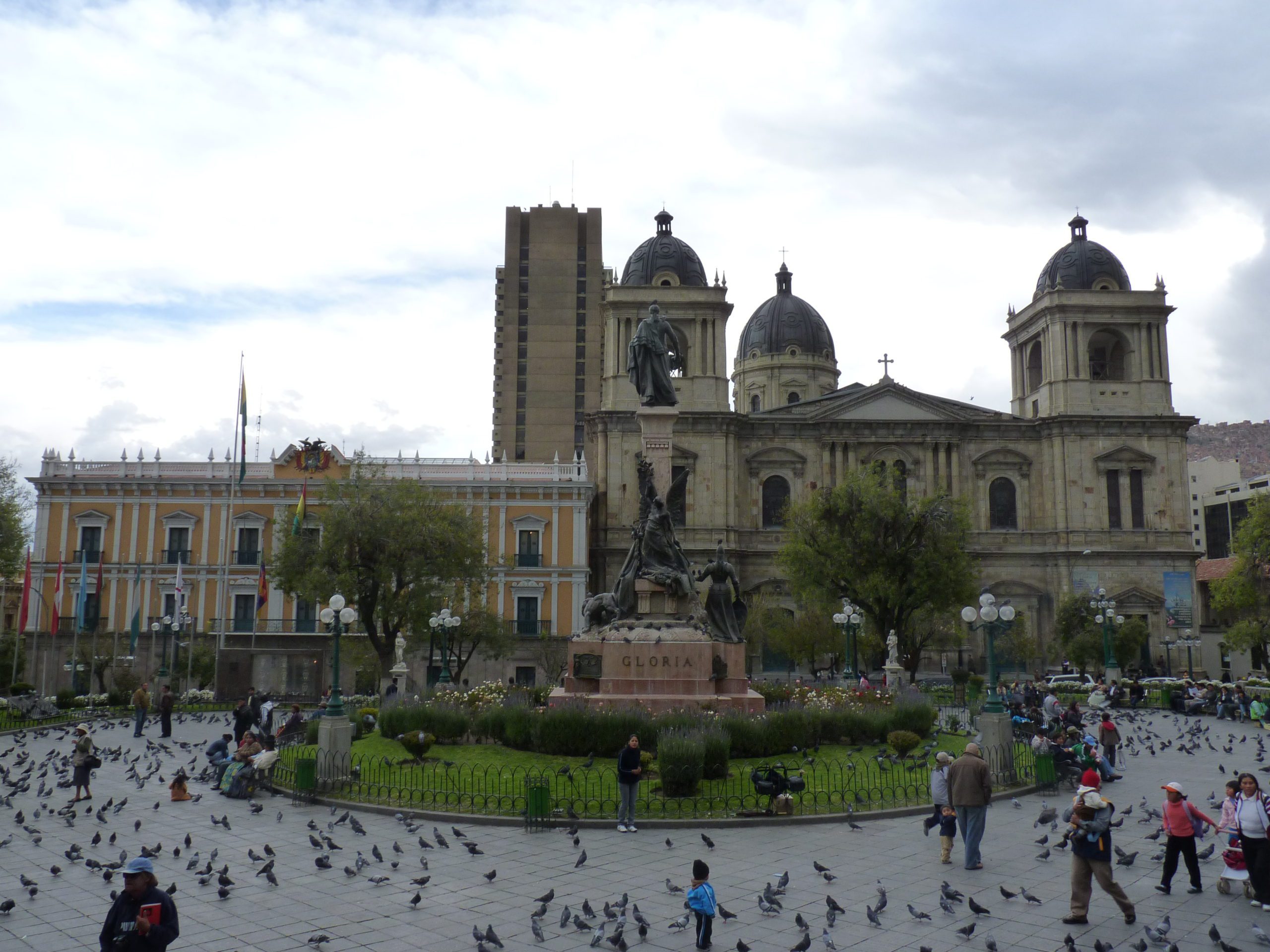
Photo Source : OanaAlexandra on canva.com
Valle de la Luna
The Valle de la Luna is located less than ten kilometers southeast of La Paz, the location of Bolivia’s capital. The lunar valley is made up of crater-like landforms, earthen mounds, cracks, and thousands of pebbles. Erosion and climate extremes over millions of years created the Valle de la Luna. Renting a car or taking a taxi from La Paz to the Valle de la Luna is the quickest route. Through the formations is a well-marked route that is convenient to stroll on during dry weather. Until recently, the hostile region was largely deserted, but there is now more push to settle.
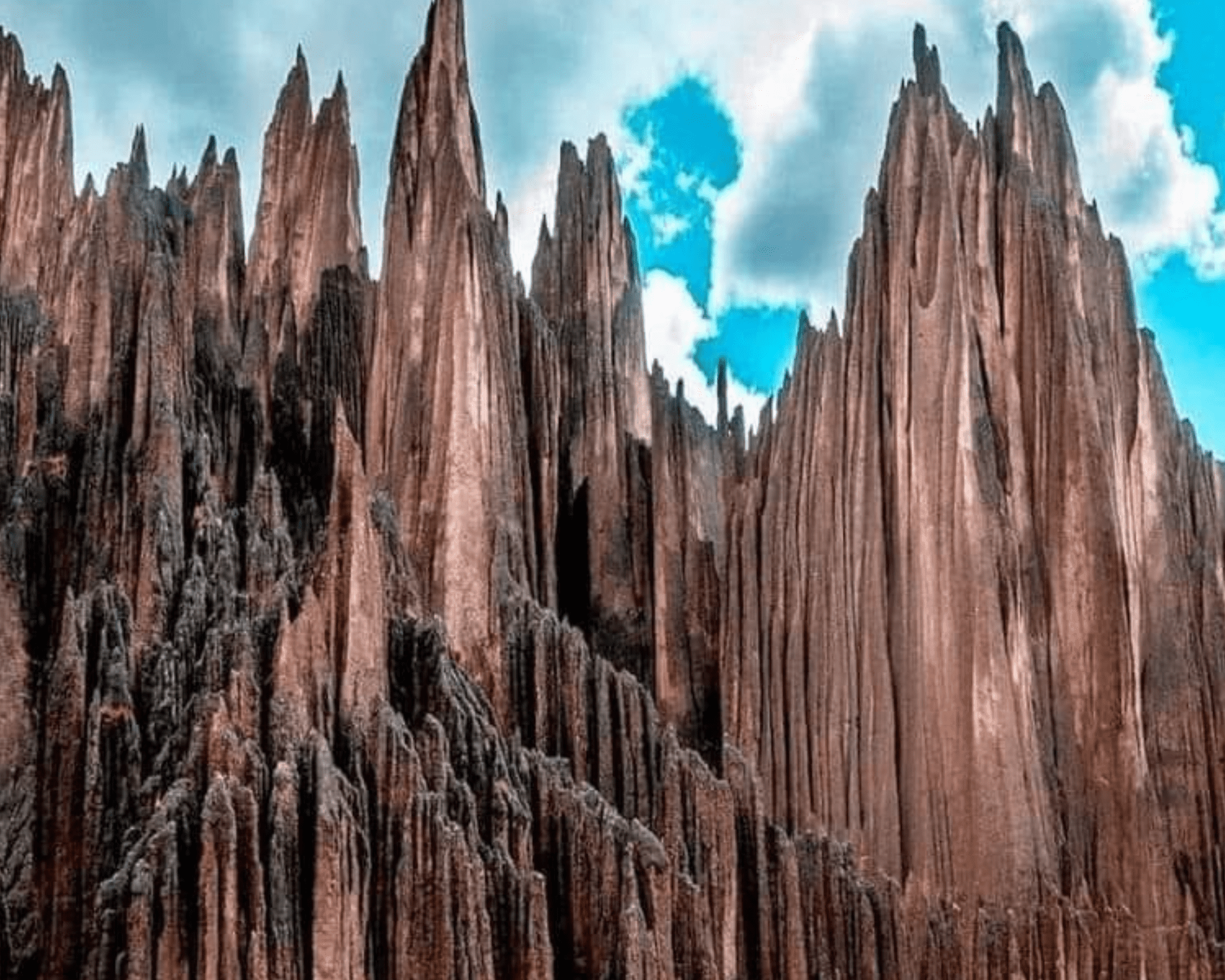
Photo Source : Kiki Rricky on Facebook
Amboró National Park
In the heart of Bolivia, the Amboró National Park is a nature reserve home to over 177 animal species, including the uncommon spectacled bear, puma, and ocelot, and over 912 species of birds. Encompassing 4,425 km² (1,709 sq mi), it is shielded from mining, hunting, deforestation, and human settlements, however issues with all of these persist within the park. Amboró and Carrasco National Park are situated next to one other, forming a larger conservation unit.
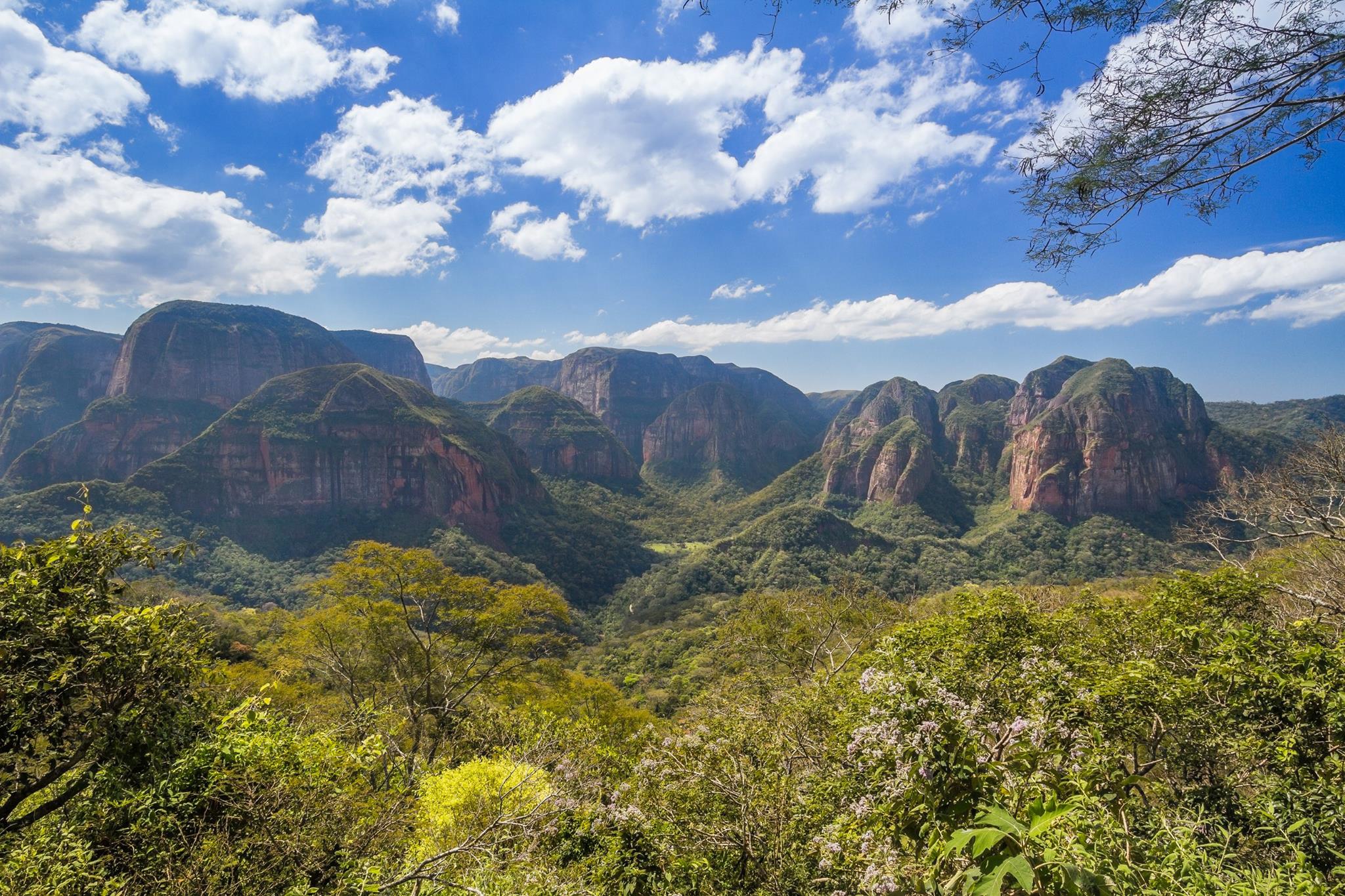
Photo Source : OanaAlexandra on canva.com
The Witches' Market
In Cerro Cumbre, a mountain clearing in La Paz, Bolivia, there is a well-liked tourist destination called the Witches’ Market, also known as El Mercado de las Brujas and La Hechiceria.The market is administered by yatiri, or local witch doctors, who offer armadillos used in Bolivian rituals, dried frogs, medicinal plants like retama, and potions. The yatiri are immediately recognized by their black caps and coca pouches filled with fertility, luck, and beauty-promoting amulets, talismans, and powders. Dried llama fetuses are the most well-known product sold at The Witches’ Market. Many Bolivian homes have these llama fetuses buried beneath their foundations as a holy sacrifice to the goddess Pachamama.
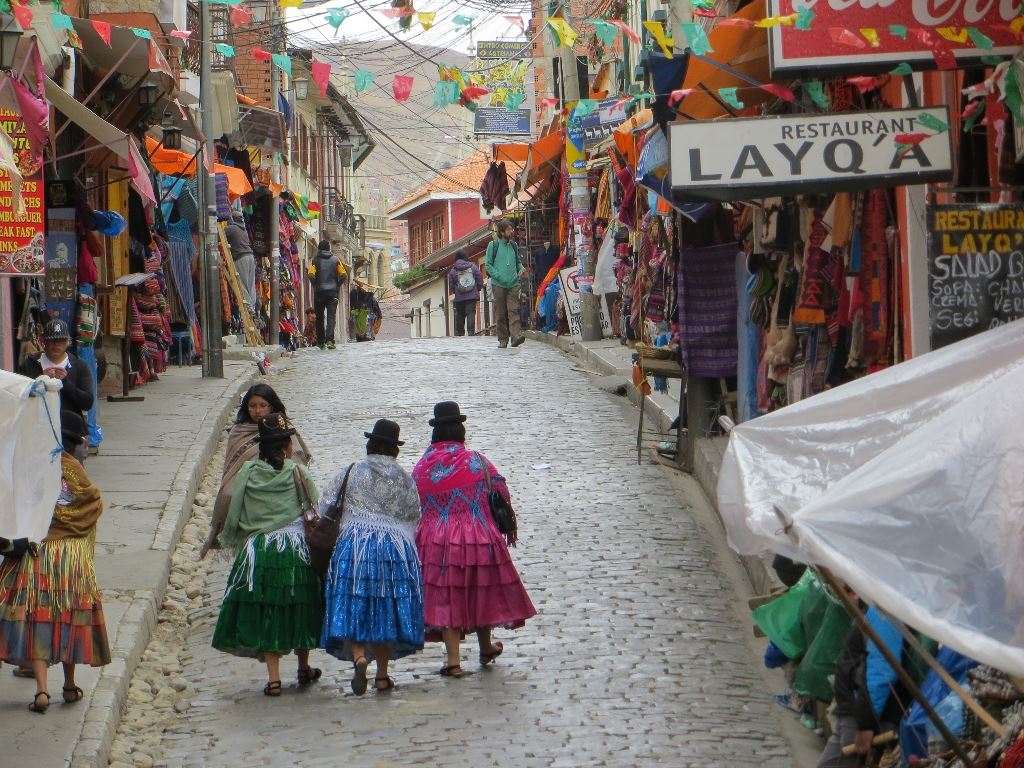
Photo Source : OanaAlexandra on canva.com
Laguna Colorada
At 4278 meters above sea level, the Laguna Colorada is a shallow 60 km² lake located in Eduardo Abaroa’s Reserva Nacional de Fauna Andina. The primary species of algae and the high mineral concentration in the lake’s water give it its remarkable red hue, which gives the lake its name. The Chilean flamingo, yellow-footed or Andean flamingo, and James, or short-billed flamingo, are the three species of flamingos noted for their vast populations that inhabit the lake. Due to its extreme remoteness, only jeep tours departing from Uyuni, Tupiza, or San Pedro de Atacama can reach the Laguna Colorada.
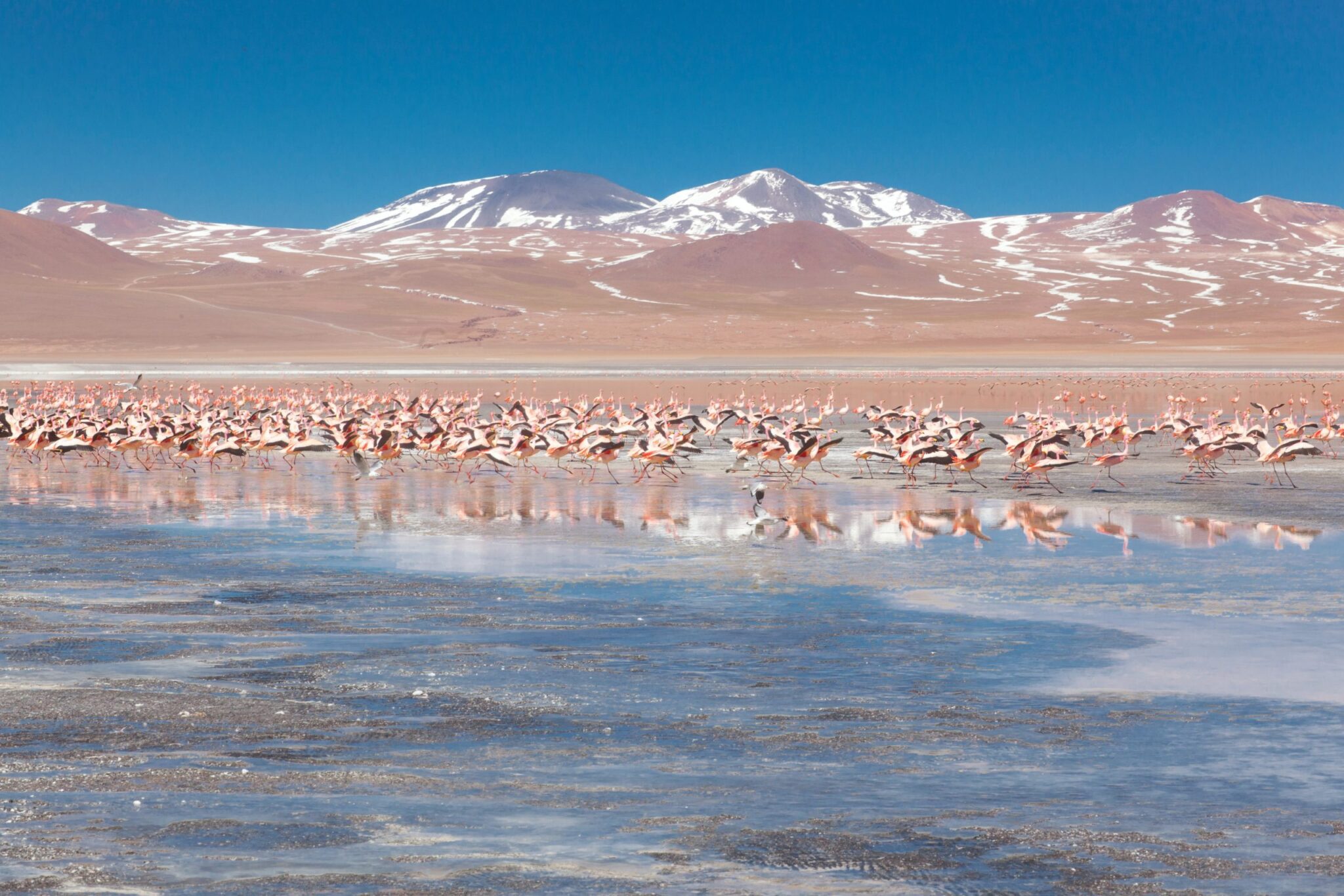
Photo Source : OanaAlexandra on canva.com
Book your perfect vacation!
Vacations: We are happy that we have the opportunity to work with the most famous companies in the world, we always order our vacations from these companies and we have never been disappointed: Check 24, Trivago, Trafalgar, TravelUp, Insight Vacations, Explorer Fernreisen.
Where to stay
Hotels, bed & breakfasts, and guesthouses, regardless of location—in the center of town, close to a lake, or amid natural surroundings. We were able to identify the top companies providing the best hotels: Booking.com, Trip.com, TravelUp, esky, Hoteltopia, Millennium Hotels and Explorer Fernreisen.
Saving Tips
Book your tours!
Tours: If you do not go by car and need to know more information about the tours, and things to see, we recommend these companies that are offering tours for any kind of activity you want to do and where you can buy trips much cheaper than if you buy them when you arrive at your destination. It is always good to be able to save some money!
Viator, Get Your Guide, Tiqets, City Sightseeing, Sesame, Sightseeing Pass, Contiki, Riviera Travel, CityPass: the best activities in town!
Book your transport!
Rent a car!
Here you can find the best offers to rent the right car for you, as well as parking right in the airport: esky, Explorer, Centauro and intui.travel.
Book tour Flights!
If you have not found your desired flight, or you simply want more flight options to find the best and cheapest, we will help you with the best flight plans, where you will definitely find what you are looking for. With just one click you will find the cheapest flights to a wonderful destination!


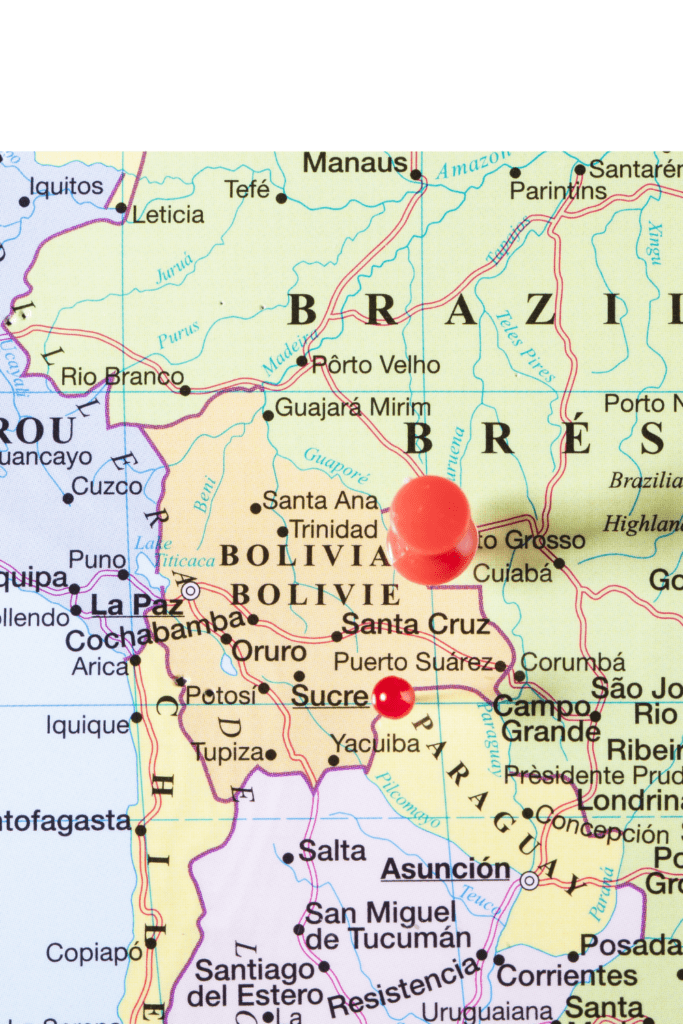



















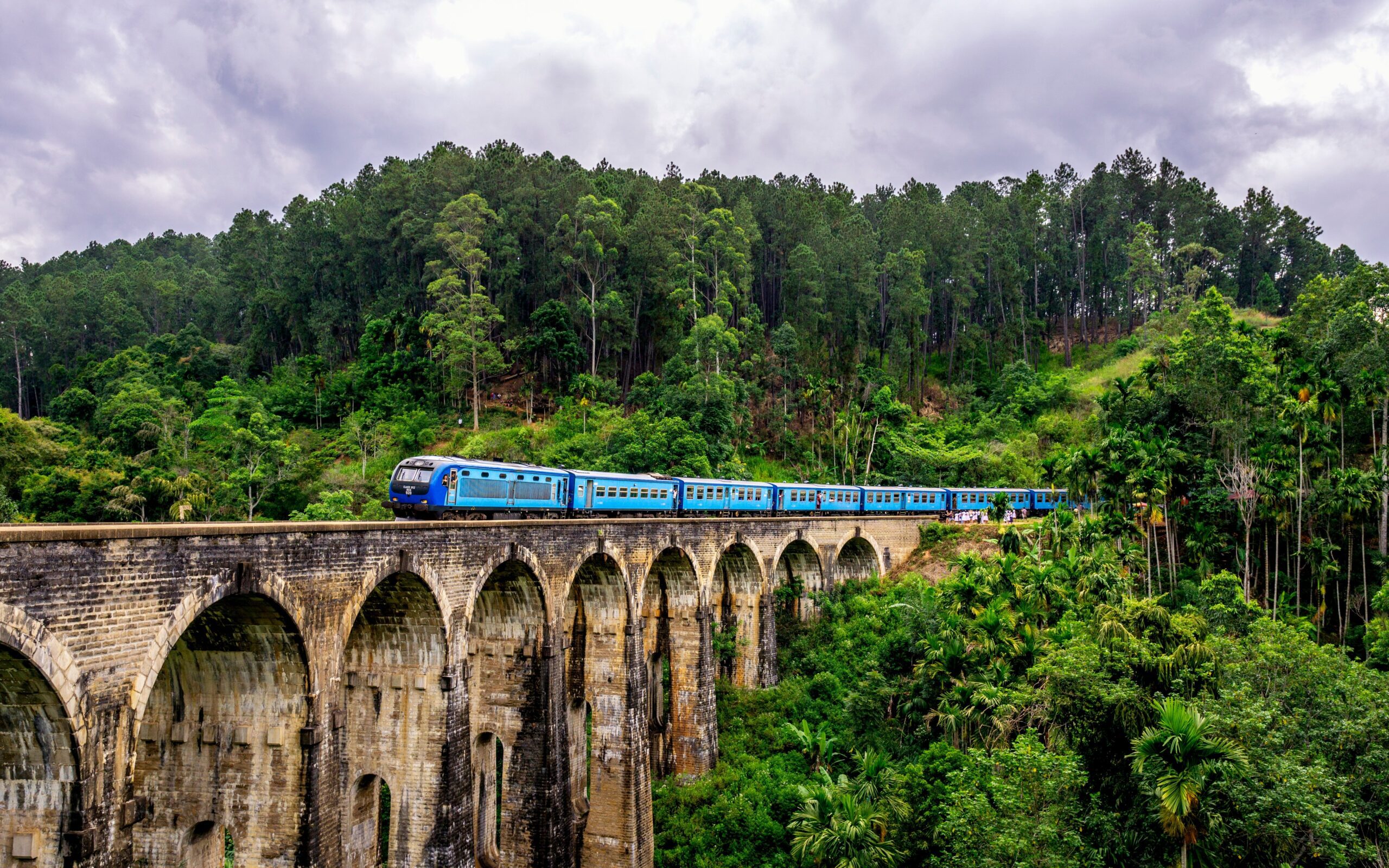
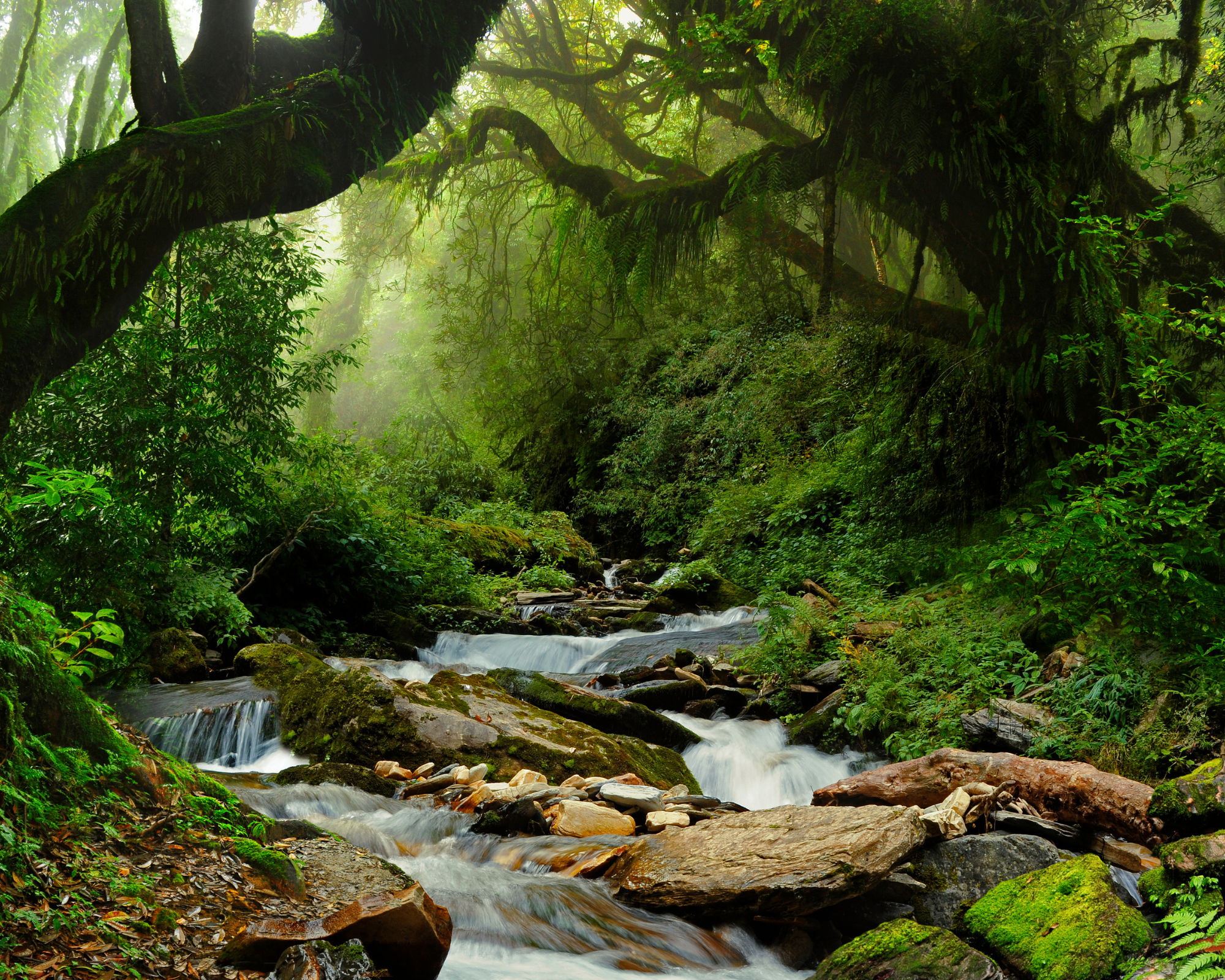
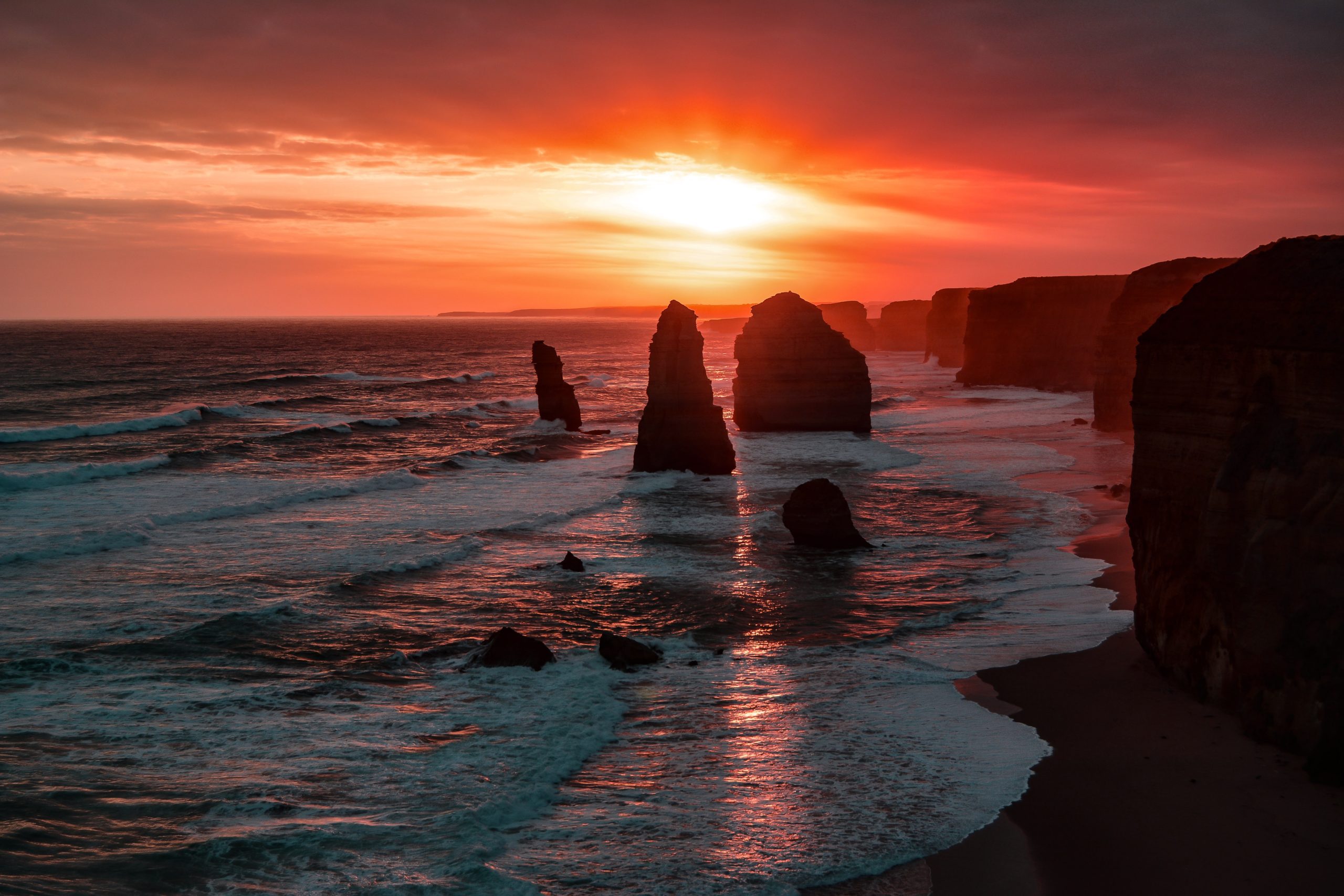
Top site ,.. amazaing post ! Just keep the work on !
This is very nice of you! Thank you very much! Alex and Chris
Thanks you very much! We are very happy for this!
Bolivia salt flats are one of my dream places! Thanks for the detailed post
Thank you so much for your feedback!
Truly a place on my bucket list. So different from all travel destinations.
Yes, indeed. Thank you for writing your thoughts!
Ah, I didn’t know about the Christ statue in Bolivia
Adding that to my list if I visit S. America again 🙂
Thank you so much for your feedback!